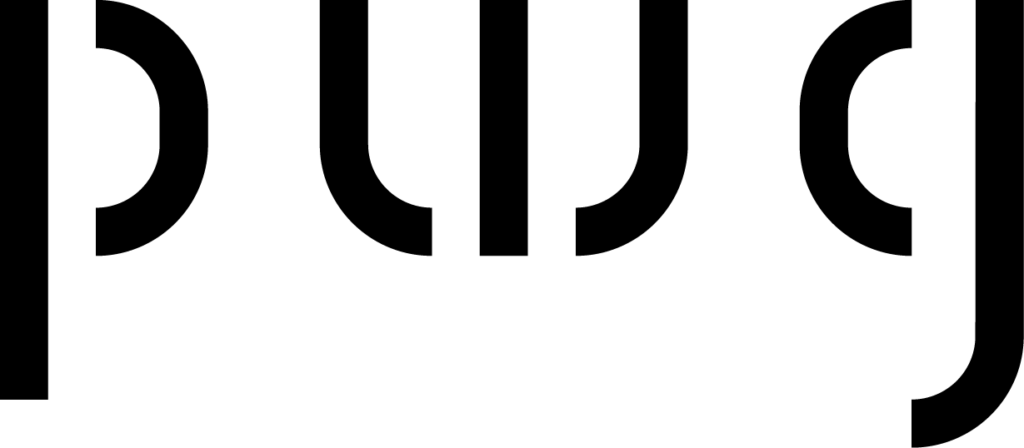BACKLIT GRAPHICS TODAY: What are my options?
“It takes darkness to be aware of the light.”― Treasure Tatum
Back in the late seventies, the only backlit graphics option was the duratran. Kodak was its first manufacturer of the transparency display film which was made having a milky white base as its diffusion layer. This processed transparency image was then displayed in a lightbox, sandwiched between layers of clear plexiglass. Traditionally, the source of illumination was with fluorescent tube lighting. When the box was turned off, the transparency image would appears dark and murky. This film image was and is susceptible to damage, and the bulbs were and are still a nightmare to ship around. It’s a significant package to ship and to install. Today’s duratran is a superior product because it is no longer grainy film being projected through lenses and condensers. Current duratrans start with a digital file and are printed with lasers from image processors like Durst’s Lambda or Cymbolic Sciences Lightjet (providing an apparent resolution of 4000 DPI). Locating a PSP with one of these printers is more difficult because the production of them was haulted when ink jets became popular. The maintenance agreement on imagesetters come with a hefty monthly premium, which could discourage many owners. Even today’s duratrans will get processed through traditional photo chemistry, which is not considered to be an eco-friendly solution.
A more eco-friendly option and some consider as superior in color purity are backlit fabric graphics. These fabric prints begin with a digital image file which is then dye-sublimated into the fabric. More specifically, transfer dye-sublimation is considered to offer the best quality in sublimation processes. This image is first printed with an inkjet onto transfer paper. Then this printed piece is placed in contact with fabric the client has chosen. Its texture and weave options offer distinct characteristics, however, the fabric must have a polyester base. Polyester content works best with dye sublimation. The temperature of the rollers practically melt the fabric.The dyes become gas and seep into the heated fibers through the intense heat and compression rollers.The final bond is permanent because of ‘entrapment’ when the fibers cool down, sealed with the dyes. The image color is pure and saturate; the final product is durable and washable. The image looks great with lights on or lights off; which offers greater exposure for your graphic. The final print does not need a plexiglass cover to protect it. A white piece of fabric is stretched behind the fabric graphic as its diffusion layer. Silicone gaskets are sewn into the perimeter of the fabric, enabling these pieces of fabric glide easily into position. Special framing is used for SEG graphics. SEG stands for silicone edge graphic. To summarize, your best option would be to ask for an SEG backlit fabric graphic which has been transfer dye-sublimated! Perimeter LED lighting, lights beautifully and evenly, with a white color temperature and lasts thousands of times longer. What is especially exciting is the easy-to-install perimeter lighting which ships as though weightless and does not break!
Finding a good provider of transfer dye-sublimated fabric graphics is preferable. Some PSP’s can provide the graphics, the extruded aluminum lightbox with the needed extra channels and the channeled LED lighting. With fabric graphics, most displays call for a framing system with a low profile. Backlit fabric graphics must be stretched like a canvas in its SEG framing, whereas other fabric graphics can be displayed with various options. The fabric itself can begin with recycled fabric (when offered) or be recycled after use.
Your third option for backlit graphics is something called day-night graphics. As the name indicates, it views well with lights on or lights off. It is UV print produced with a white ink option such that it is printed on plexiglass substrate, the white ink being the middle layer. This type of print is produced using UV curable inks on a flatbed printer (also known as a direct-to-substrate printer) with UV lights used to instantly harden each ink layer. The special inks have low VOC’s. During printing, there is little opportunity for the ink dots to spread, so this gives an improved dot sharpness and clarity. This process offers a sturdy surface to work with and a good option as well, the choice is yours!
In summary, the three backlit graphics options are: duratrans transparency, backlit fabric graphics, or day-night UV prints. To find a provider of all three, click here: www.photoworksgroup.com
Recent Posts
Archives
- September 2016
- March 2016
- December 2015
- November 2015
- October 2015
- August 2015
- July 2015
- June 2015
- May 2015
- April 2015
- January 2015
- November 2014
- October 2014
- August 2014
- July 2014
- June 2014
- May 2014
- April 2014
- March 2014
- February 2014
- January 2014
- December 2013
- November 2013
- October 2013
- September 2013
- August 2013
- July 2013
- June 2013
- April 2013
- November 2012
- October 2012
- September 2012
- August 2012
- July 2012
- June 2012
- May 2012
- April 2012
- March 2012
- February 2012
- January 2012
- December 2011
- November 2011
- October 2011
- September 2011
- August 2011
- July 2011
Categories
- & mounting
- ADA signage
- airport graphics
- Backlit Fabric Graphics
- backlit graphic
- backlit graphics
- blog
- Contour cuts
- digital imaging
- Dye Sub
- Dye Sublimation Graphics
- Fabric Graphics
- fabrication for architects
- finishing
- Finishing services
- Framing
- Giclee
- Large format graphics
- Latex prints
- Lightjet prints
- Lightjet Prints
- Museum Exhibits
- Outdoor banners
- Prints on metal
- Sports Facility Exhibits
- Trade Show Displays
- Uncategorized
- UV Direct Prints

Recent Comments